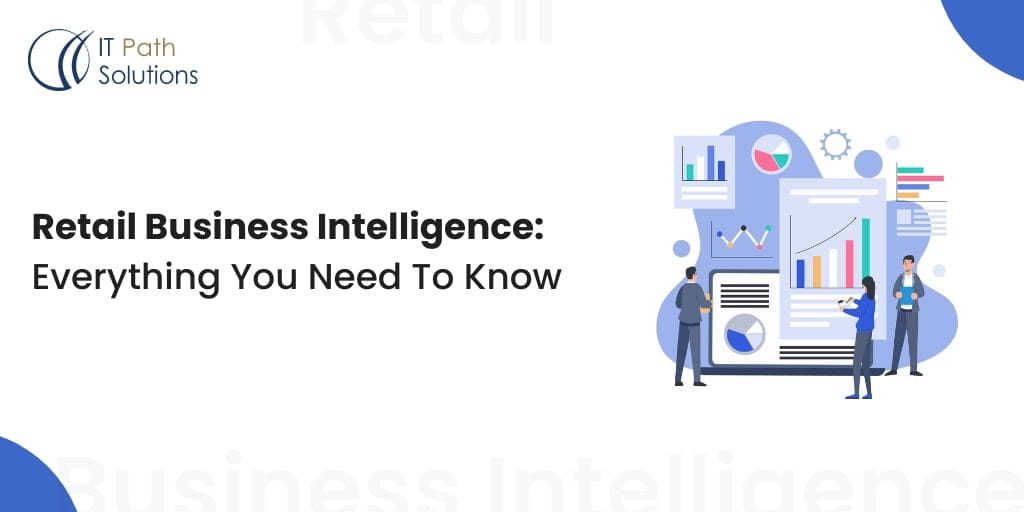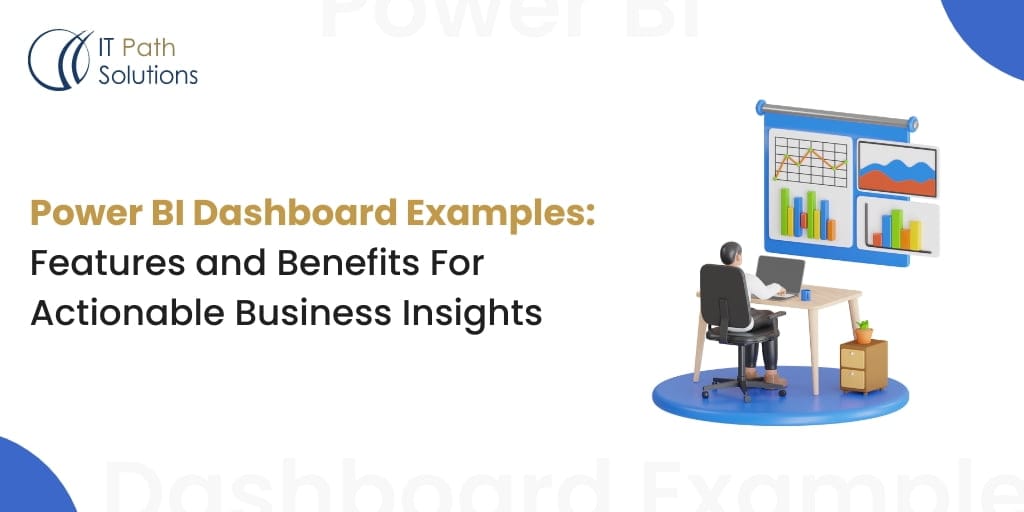A Comprehensive Guide On Power BI Semantic Model For 2024

In the dynamic landscape of business intelligence, Power BI continues to be a driving force, empowering organizations to derive actionable insights from their data. At the core of this capability lies the concept of semantic models. As we step into 2024, it’s essential to unravel the intricacies of Power BI Semantic Models – the backbone of effective data representation and analysis. This comprehensive guide explores the essence of semantic models, their benefits, best practices for creation, performance optimization, and concludes with insights on their transformative power.
What is a Power BI Semantic Model?
A semantic model in Power BI is essentially a structured representation of data that provides a clear and meaningful view of the underlying information. It serves as an abstraction layer, translating complex data into user-friendly insights, making it easier for business users to comprehend and analyze. Semantic models are designed to enhance data comprehension, enabling users to interact with information intuitively, without the need for a deep understanding of underlying data structures.
Benefits of a Semantic Model
Improved Accessibility
Semantic models make data accessible to a wider audience by presenting it in a user-friendly, business-oriented manner. This accessibility fosters data-driven decision-making across all levels of an organization.
Enhanced Data Consistency
By creating a unified view of data, semantic models ensure consistency in reporting and analysis. This consistency eliminates discrepancies that may arise when different departments interpret data differently, fostering a cohesive understanding.

Power BI semantic model can help us to enhanced data consistency and easy maintenance
Ease of Maintenance
Semantic models simplify data maintenance by creating a layer of abstraction between the raw data and end-users. Changes in the underlying data structure can be accommodated without disrupting the user interface, ensuring a streamlined maintenance process.
Empowered Self-Service BI
Empowering non-technical users, semantic models facilitate self-service BI. Business users can create reports, generate insights, and make data-driven decisions without relying heavily on IT support, promoting a culture of data-driven autonomy.
Best Practices on How to Create a Semantic Model in Power BI:
Creating an effective semantic model requires a thoughtful approach and adherence to best practices. Here’s a guide on how to craft a robust semantic model in Power BI:
Understand Business Requirements
Begin by gaining a deep understanding of the business requirements. Identify key performance indicators (KPIs) and the specific metrics that matter most to the organization. This understanding forms the foundation for the semantic model.
Choose the Right Data Source
Selecting the right data source is crucial. Ensure that the chosen source aligns with the business requirements and provides accurate and reliable data. Power BI supports a variety of data sources, ranging from databases to cloud services.
Establish Relationships
Define relationships between different tables in the dataset. Relationships are pivotal in connecting data and enabling Power BI to generate meaningful insights. Clearly define primary and foreign keys to ensure accurate relationships.
Create Calculated Columns and Measures
Utilize calculated columns and measures to derive additional insights from the data. Calculated columns allow for the creation of new data based on existing information, while measures enable the creation of dynamic calculations.
Implement Hierarchies and Drillthroughs
Enhance user experience by implementing hierarchies and drillthroughs. Hierarchies provide a structured view of data, while drillthroughs allow users to explore specific details related to a data point.
Improving Performance with Power bi Semantic Model :
Optimizing performance is a critical aspect of leveraging Power BI semantic models effectively. Here are strategies to enhance the performance of your semantic models:
Data Model Optimization
Streamline the data model by removing unnecessary columns, tables, or relationships. Optimize table structures and choose the appropriate data types to reduce memory consumption.
Partitioning Data
Implement data partitioning to enhance query performance. Divide large datasets into smaller, manageable partitions, ensuring that only relevant data is loaded into memory during analysis.
Indexing and Sorting
Utilize indexing and sorting techniques to expedite data retrieval. Proper indexing ensures that queries are processed more efficiently, enhancing overall performance.
Query Folding
Leverage query folding capabilities to push transformations back to the data source. This reduces the volume of data transferred to Power BI, optimizing query performance.
Incremental Data Refresh
Implement incremental data refresh strategies to refresh only the data that has changed since the last refresh. This significantly reduces refresh times for large datasets.
Conclusion
In the realm of business intelligence, the importance of effective data representation cannot be overstated. Power BI semantic models serve as the linchpin, translating raw data into actionable insights that drive informed decision-making. As we navigate the intricacies of 2024, businesses that harness the transformative power of semantic models will gain a competitive edge. From improved accessibility and data consistency to empowered self-service BI, the benefits are manifold. By adhering to best practices and optimizing performance, organizations can unlock the full potential of Power BI semantic models, propelling them into a future where data is not just information but a strategic asset driving success.
For those seeking guidance on unleashing the true potential of Power BI Semantic Models, consider the expertise of Power BI consulting services. These services bring a wealth of experience and in-depth knowledge, ensuring that your organization harnesses the full power of Power BI for strategic decision-making. With a focus on tailored solutions, optimization, and staying abreast of the latest advancements, Power BI consulting services serve as a valuable ally in navigating the dynamic landscape of business intelligence.
 Healthcare
Healthcare  Education
Education  Real Estate
Real Estate  Logistic
Logistic  Themes
Themes
 Plugins
Plugins
 Patterns
Patterns






